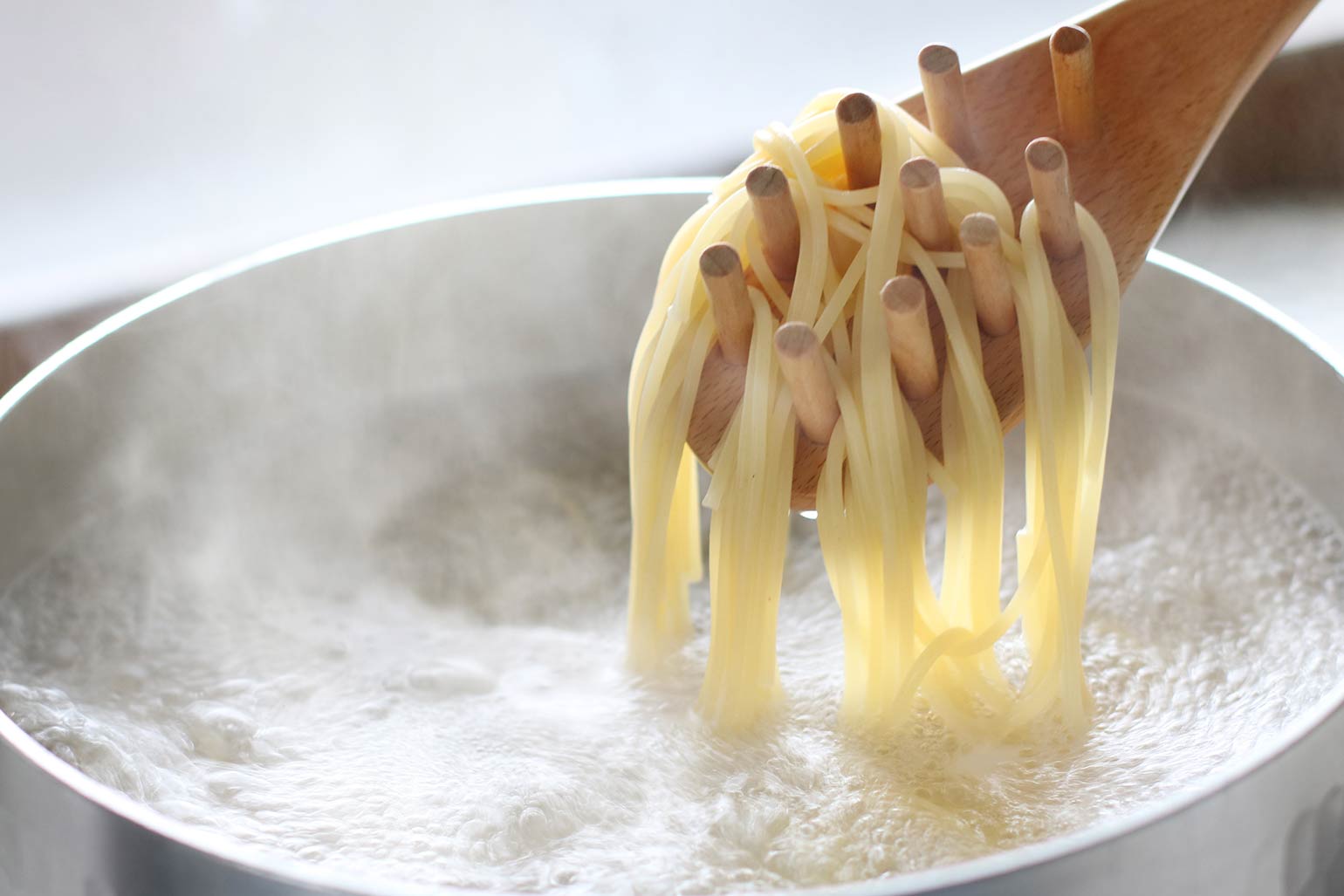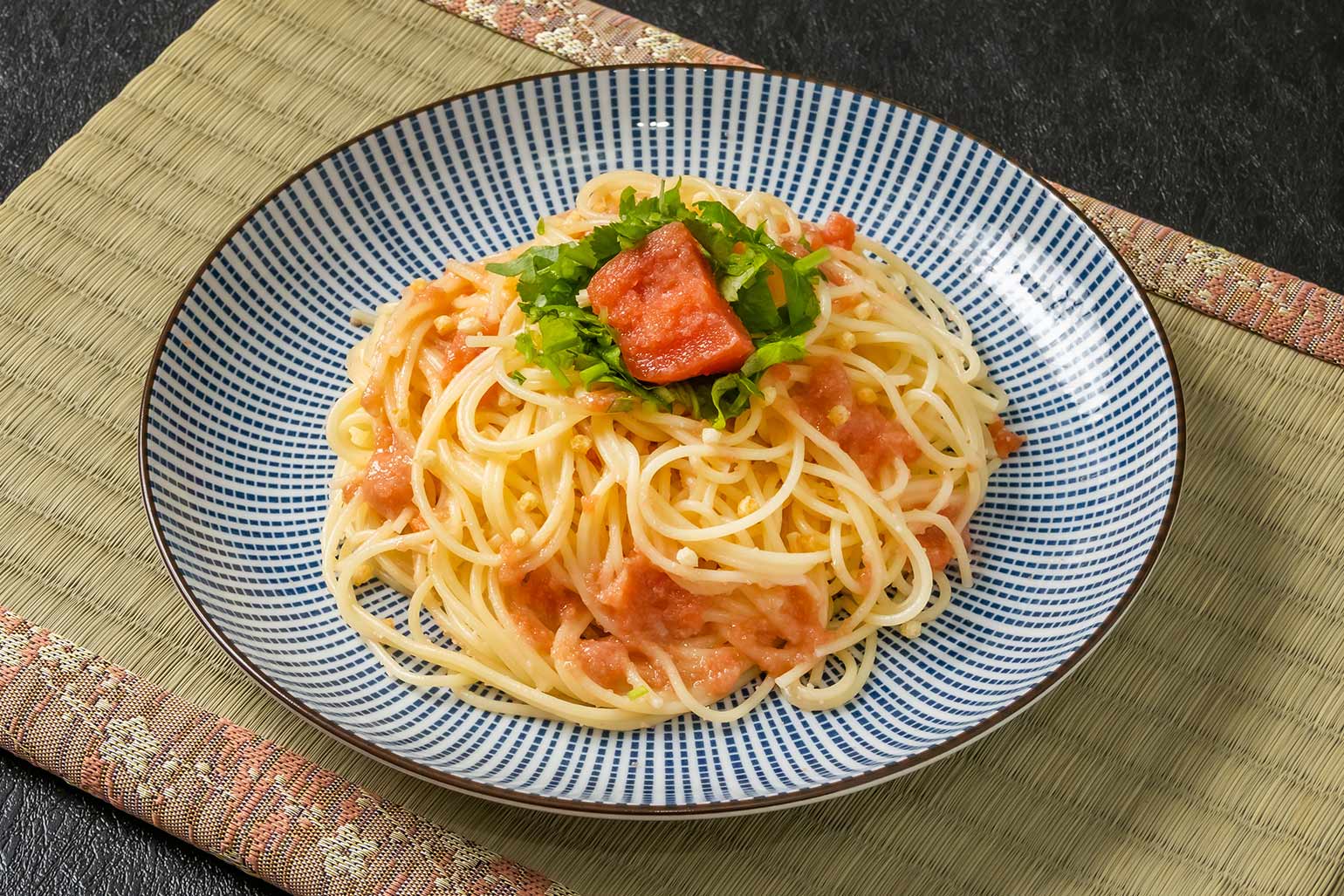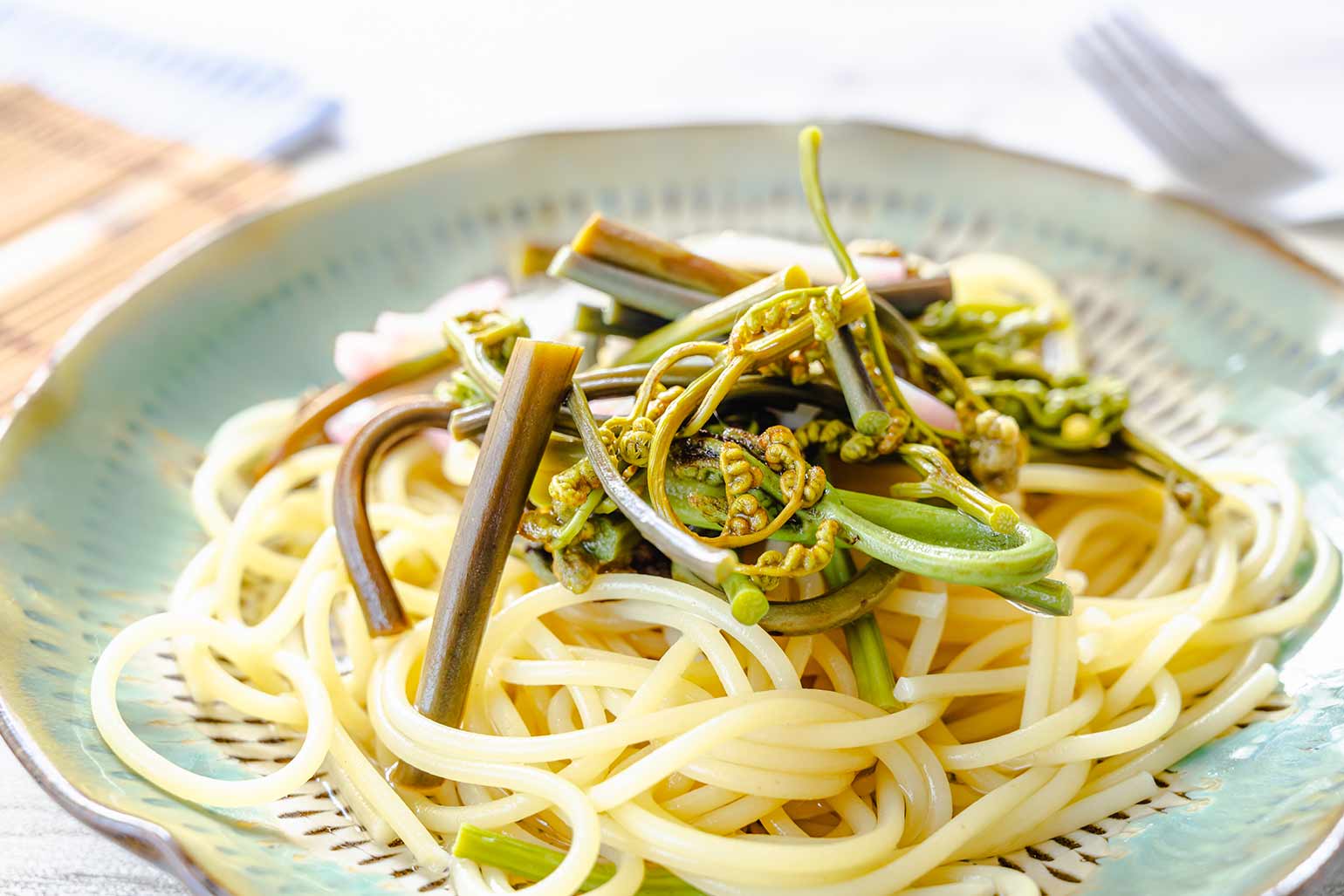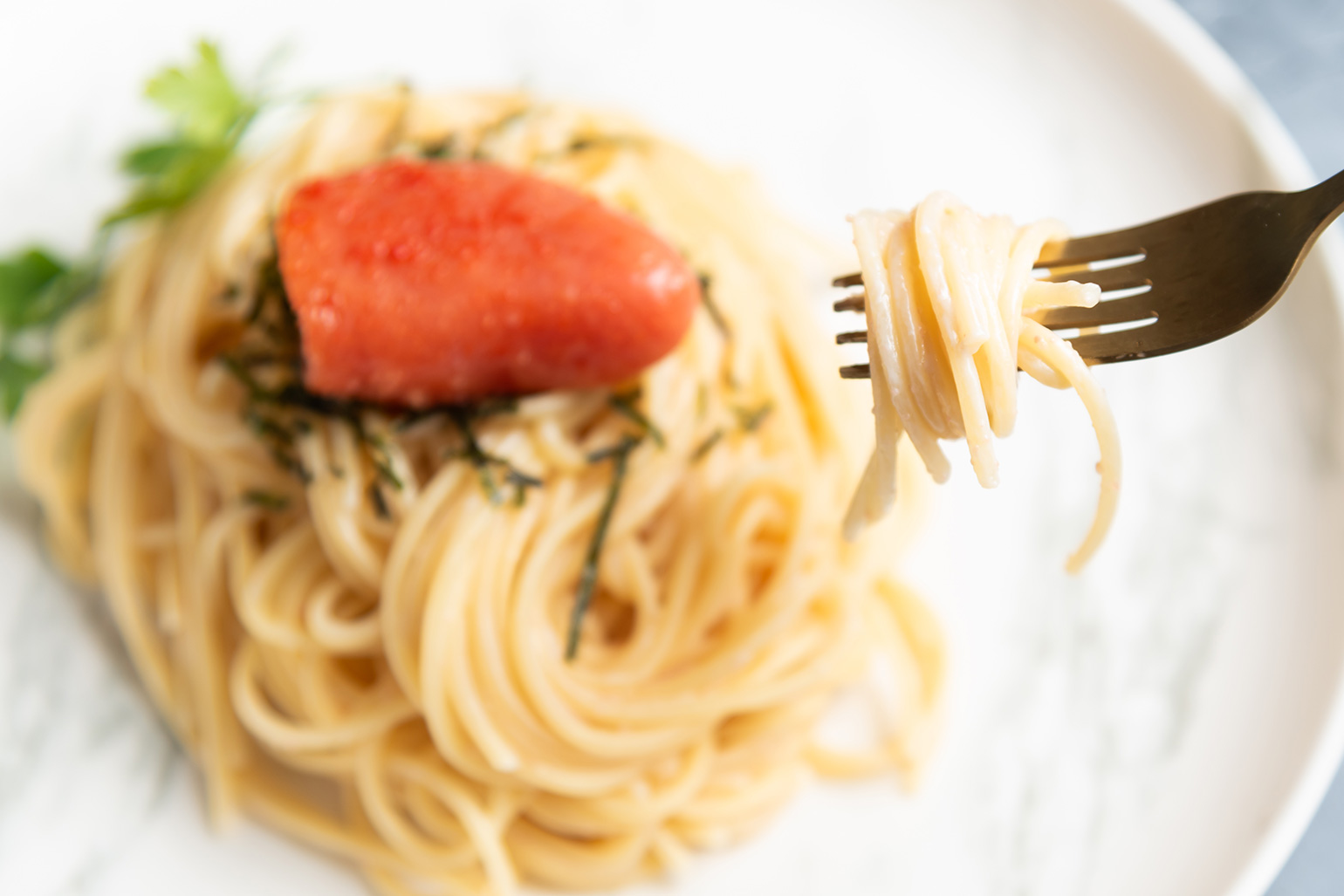Soba, Udon, Somen, Hiyamugi, Ramen, Yakisoba, Pasta, etc… There are so many noodle dishes in Japan. Today, it can be said that these noodle dishes are one of the most representative food culture of Japan. However, much of these Japanese noodle cultures were originally introduced from overseas. The taste, flavor, or ingredients used have been modified to suit the tastes of the Japanese people, and this is how it became established. Well, thanks to our ancestors who have always been very tolerant when it comes to food culture, we have been able to improve the dishes introduced from abroad to be as good as the original ones. Or, it is often more in-depth than the original ones, as we have mentioned several times on this site… Because of that… Though there are many different types of pasta dishes, many of the dishes known in Japan as the same name have been rearranged to be different from the original. It is not unusual for people who know the original to be surprised. Many of them sometimes say, “It’s good, but it may be just another dish”. Yes, yes. They may be right. Except for restaurants that feature authentic tastes and styles of cooking, most of the pasta dishes in Japan are probably “Japanese-style Pasta”.「( ̄▽ ̄;) Well, with all of them in mind, we would like you to understand this genre of “Japanese-style Pasta”. Here, we will introduce how today’s “Japanese-style Pasta” was created.

First of all, let us give you a rough history of pasta dishes in Japan… It is said that pasta dishes were introduced to Japan around the end of the Edo period to the beginning of the Meiji period. That’s about 150 years ago. It is said to have been eaten in foreign settlements at that time (Nagasaki was the first). However, it wasn’t until a little later, in the early Showa period (1926-1989), when the national modernization had progressed, that pasta dishes became known to the general public to some extent. It was only after World War II that it became widely used in earnest. There are several types of pasta dishes, such as macaroni, spaghetti, and penne, right? Lasagna is also one of those. Among them, the pasta dishes that the Japanese were most interested in were apparently spaghetti. It was probably easier to familiarize with because it was in the form of long, thin noodles similar to soba, udon, etc. One such dish using spaghetti seasoned with tomato sauce (or tomato ketchup) became very popular. Even today, it is still called “Neapolitan” and is a widely popular pasta dish. This “Neapolitan” is said to be based on “Spaghetti alla Napoletana”, but despite the fact that it differs greatly from it in both cooking ways and taste, it had become very popular. Later on, “meat sauce”, which is said to be based on “Bolognese”, was introduced, and “Neapolitan” and “meat sauce” became known throughout Japan as typical pasta dishes. One of the major factors was the rapid westernization of the diet of ordinary households as a result of the high economic growth period. During this period, many products that were previously available only in department store cafeterias and restaurants were made available for consumption at home. Many food products have been developed to satisfy these demands. In the 1990s, after the bubble economy. It was the Italian cuisine boom that determined the popularity of pasta dishes in Japan. In the 1980s, many high-end Western-style restaurants with “authentic style” appeared in Japan, and they became very popular. In such times, the restaurants specializing in “Italian cuisine” seemed to have succeeded in creating an image that was a little more reasonable and fashionable than those of other restaurants. And these “Italian cuisine” restaurants offered many pasta dishes other than “Neapolitan” or “meat sauce”. As a result, so many different types of pasta dishes have become known to the Japanese. Peperoncino, Bongo Levianco, Carbonara, etc… Many restaurants specializing in pasta dishes have also appeared. Of course, in addition, a variety of food products were developed and introduced to the market so that these newly known pasta dishes could be eaten at home.

These pasta dishes ended up being very compatible with Japanese tastes, because of its very wide variety. Other than pasta dishes, most noodle dishes in Japan were eaten either soaked in soup or dipped in dipping sauce. There were not many noodle dishes that were eaten while mixing the sauce ingredients on top. Perhaps, they were attracted by its new-ness, ease of cooking, and ease of eating. After that, there were many more product developments in Japan. This led to the creation of a new genre called “Japanese-style Pasta”. This is a pasta dish that uses mainly seasonings and ingredients used in Japanese cuisine. Well, these have been quite well received. They became so popular that they were never outdone by the original menu. And some of them have become completely standard menu dishes. If you try them out, you will understand why many of them have become standard. We can say that “Japanese-style Pasta” is one of the successful examples of Western cuisine with a unique Japanese twist.
Typical “Japanese-style Pasta”

It is often seasoned with seasonings used in Japanese cuisine, such as soy sauce, dashi-tsuyu (soup stock), miso, salted fish or shellfish, and pickles and others. As for the ingredients, Japanese ingredients are usually used, but there might be no clear definition. If it is “Japanese-like”, it will be categorized as “Japanese-style Pasta”. However, it seems that “pasta dishes” do not always go well with all kinds of Japanese ingredients and cooking methods, and those that have become standard menu dishes are still exquisitely made. Here are some of the most typical menus.

・Tarako pasta (Mentaiko pasta)
“Tarako(Cod roe)” is the salted ovary of pollock, and is one of the most widely known processed seafood products in Japan. Hokkaido is a major producer of “tarako”. Fukuoka’s “Karashi-Mentaiko (Hot cod roe)” is also well known. “Tarako pasta” is a pasta dish that makes the most of the unique taste and flavor of “tarako”. It is made by mixing boiled pasta with “tarako”. It can be topped with green onions, shiso leaves, or seaweed as condiments. There is also a dish called “Tarako cream pasta”, in which “tarako” is mixed with a cream sauce. It is one of the most popular “Japanese-style Pasta”.

・Sansai pasta / Mushroom pasta
Wild vegetables such as warabi(bracken), zenmai(royal fern), fuki(butterbur), udo, taranome, kogomi, or kikurage have been eaten since ancient times in Japan. Similarly, mushrooms such as shimeji, maitake, nametake, or shiitake mushrooms are also familiar to Japanese people. The “Sansai Pasta / Mushroom Pasta” uses wild vegetables, an ingredient that is very familiar to Japanese people. For seasoning, we would usually use seasonings familiar to Japanese cuisine, such as dashi-tsuyu or soy sauce. It is also good with grated daikon (Japanese radish) as a condiment. One of the reasons why it is so popular is that it is healthy and low fat.

・Natto pasta
This is a pasta dish made with natto, a unique Japanese ingredient. It is made by mixing boiled pasta with natto (or sometimes chopped ones). Or it can be made by frying boiled pasta and natto together. We sometimes add green onions, shiso or seaweed as condiments. It is a very healthy and nutritious pasta dish, but it has a rather peculiar flavor, so it may not be to everyone’s taste.
Are you interested in these? We hope you will remind them! Let’s try “Japanese-style Pasta” in Japan!!




